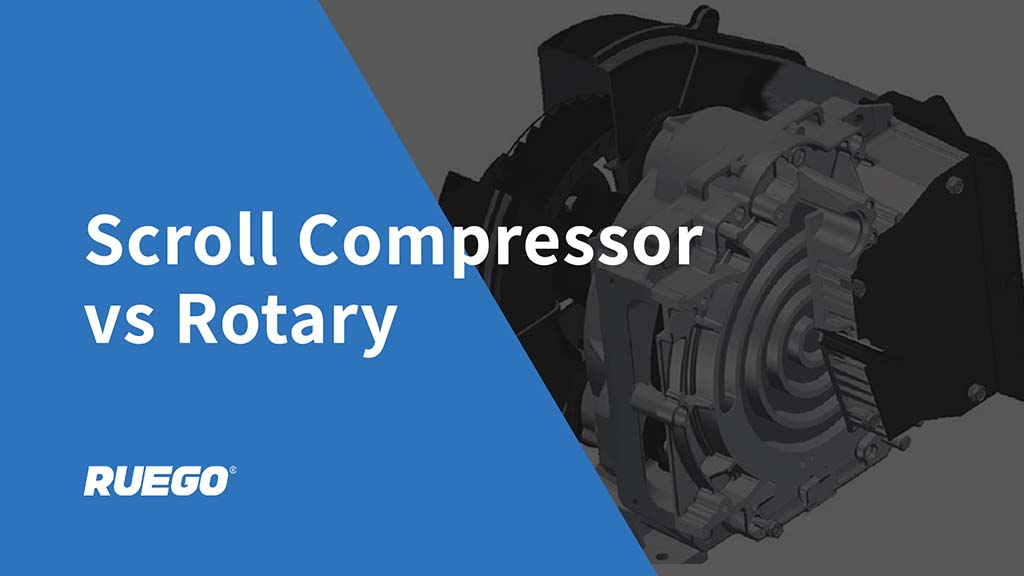BAR & PSI Converter
Result: --

Maintaining proper pressure management is crucial for the efficient operation of compressors. If you are unsure how to convert BAR to PSI, this guide will simplify the process. Below, you’ll find detailed explanations, formulas, and a comprehensive conversion table to help you perform pressure conversions effortlessly.
You can click on any section that you interest to get there quickly.
What is BAR Pressure?
BAR is a unit of pressure commonly used in countries following the metric system. One BAR equals 100,000 Pascals (Pascals), approximately the pressure exerted by a 10-meter column of water.
In contrast, PSI (pounds per square inch) is more commonly used in countries with the imperial system, such as the United States.
Why is BAR to PSI Conversion Important?
Equipment Compatibility: Compressors and related equipment may use different pressure units, so ensuring consistency is essential.
Accurate Management: Proper pressure settings help improve efficiency, reduce energy consumption, and extend equipment lifespan.
How to Convert BAR to PSI
Converting BAR to PSI is straightforward using the following formula:
PSI=BAR×14.5038\text{PSI} = \text{BAR} \times 14.5038PSI=BAR×14.5038
Example Calculations:
- 2.5 BAR = 2.5×14.5038=36.26 PSI2.5 \times 14.5038 = 36.26 \, \text{PSI}2.5×14.5038=36.26PSI
- 3 BAR = 3×14.5038=43.51 PSI3 \times 14.5038 = 43.51 \, \text{PSI}3×14.5038=43.51PSI
How to Convert PSI to BAR
Converting PSI to BAR is just as simple using the following formula:
BAR=PSI÷14.5038\text{BAR} = \text{PSI} \div 14.5038BAR=PSI÷14.5038
Example Calculations:
- 36 PSI = 36÷14.5038=2.48 BAR36 \div 14.5038 = 2.48 \, \text{BAR}36÷14.5038=2.48BAR
- 50 PSI = 50÷14.5038=3.45 BAR50 \div 14.5038 = 3.45 \, \text{BAR}50÷14.5038=3.45BAR
For convenience, refer to the detailed BAR to PSI and PSI to BAR conversion table below.
BAR to PSI Conversion Table
| BAR (bar) | PSI (pounds per square inch) |
|---|---|
| 0.5 | 7.25 |
| 1.0 | 14.50 |
| 1.5 | 21.76 |
| 2.0 | 29.02 |
| 2.5 | 36.26 |
| 3.0 | 43.54 |
| 3.5 | 50.76 |
| 4.0 | 58.02 |
| 4.5 | 65.27 |
| 5.0 | 72.52 |
| 5.5 | 79.77 |
| 6.0 | 87.02 |
| 6.5 | 94.28 |
| 7.0 | 101.53 |
| 7.5 | 108.78 |
| 8.0 | 116.03 |
| 8.5 | 123.28 |
| 9.0 | 130.53 |
| 9.5 | 137.79 |
| 10.0 | 145.04 |
| 10.5 | 152.29 |
| 11.0 | 159.54 |
| 11.5 | 166.79 |
| 12.0 | 174.05 |
| 12.5 | 181.30 |
| 13.0 | 188.55 |
| 13.5 | 195.80 |
| 14.0 | 203.05 |
| 14.5 | 210.31 |
| 15.0 | 217.56 |
| 15.5 | 224.81 |
| 16.0 | 232.06 |
| 16.5 | 239.31 |
| 17.0 | 246.57 |
| 17.5 | 253.82 |
| 18.0 | 261.07 |
| 18.5 | 268.32 |
| 19.0 | 275.57 |
| 19.5 | 282.83 |
| 20.0 | 290.08 |
Note: For values beyond this range, use the formula provided above.
Frequently Asked Questions About BAR to PSI Conversion
1. How Do I Convert 1 BAR to PSI?
1 BAR is approximately equal to 14.5038 PSI. The formula is:
PSI = BAR x 14.5038
2. Why is Proper Pressure Management Important for Compressors?
Incorrect pressure settings can lead to:
Energy waste
Premature equipment failure
Reduced system efficiency
3. How Can I Check Compressor Pressure?
Regularly monitor using a pressure gauge and adjust the settings according to the manufacturer’s recommendations.
Understanding and maintaining proper pressure is vital for the efficient operation of compressors. Whether your region uses BAR or PSI, this guide ensures you have the tools and knowledge for accurate conversions.
Bookmark this page or share it with your team to help them manage compressor pressure settings more effectively!

